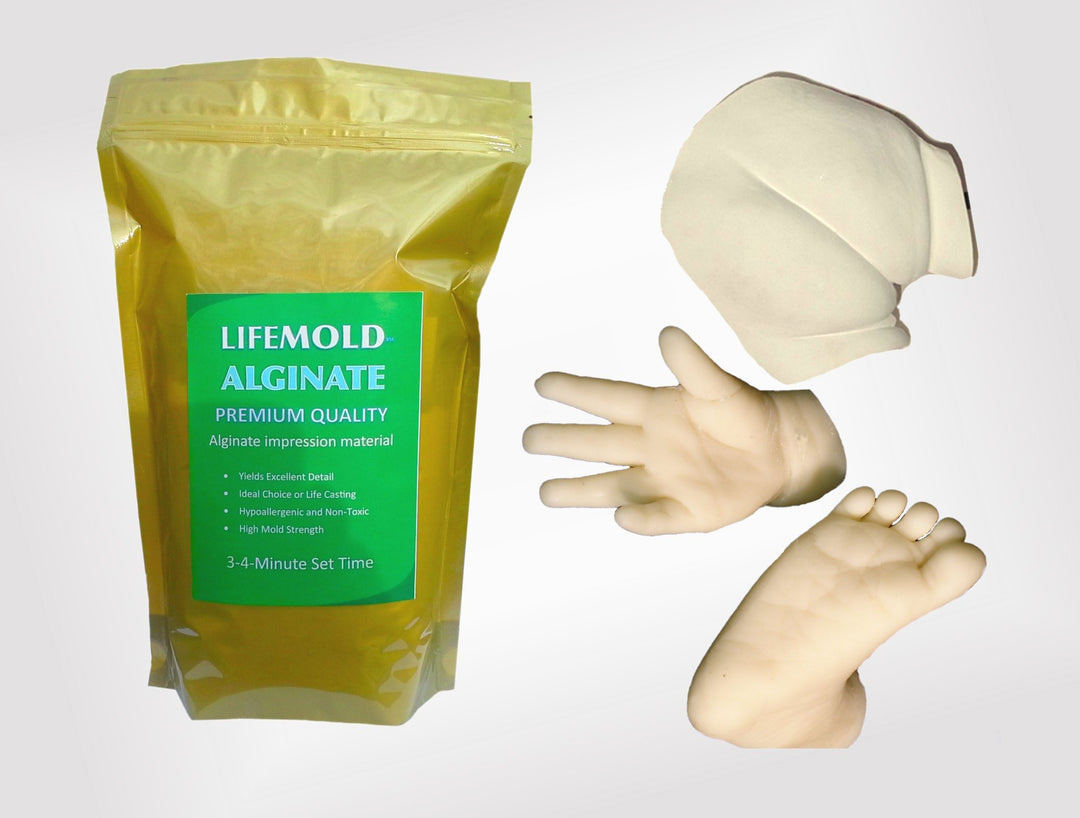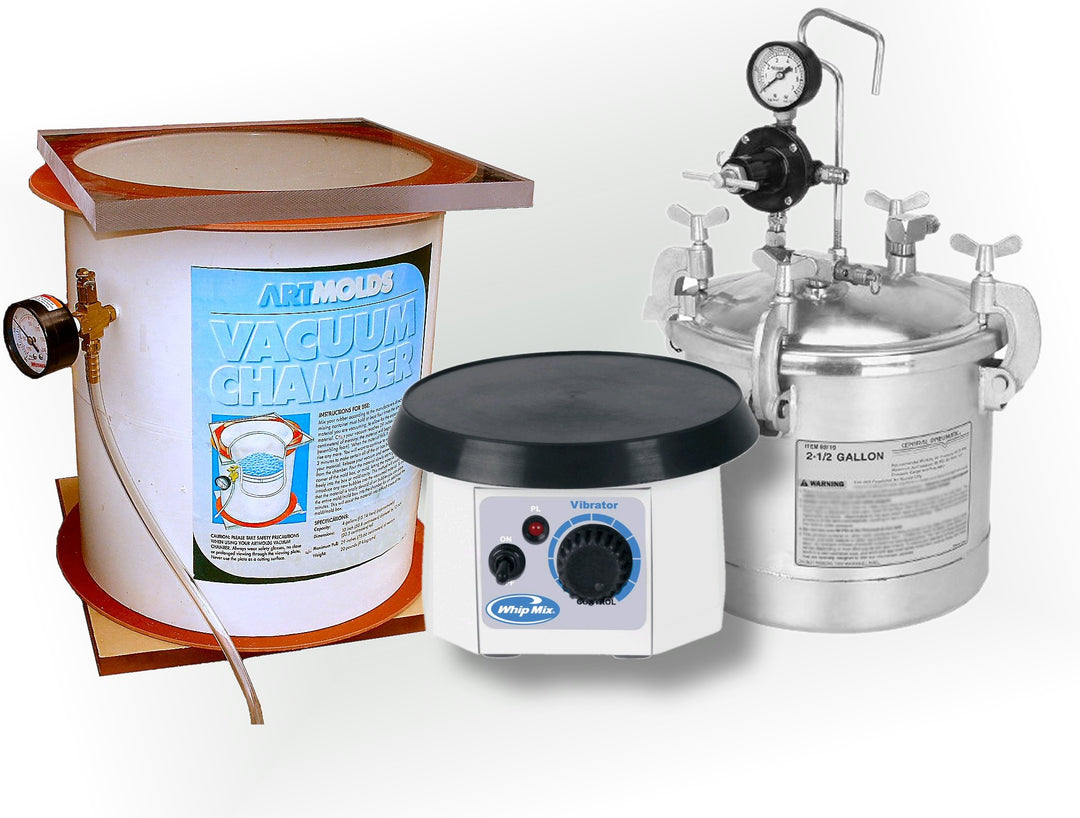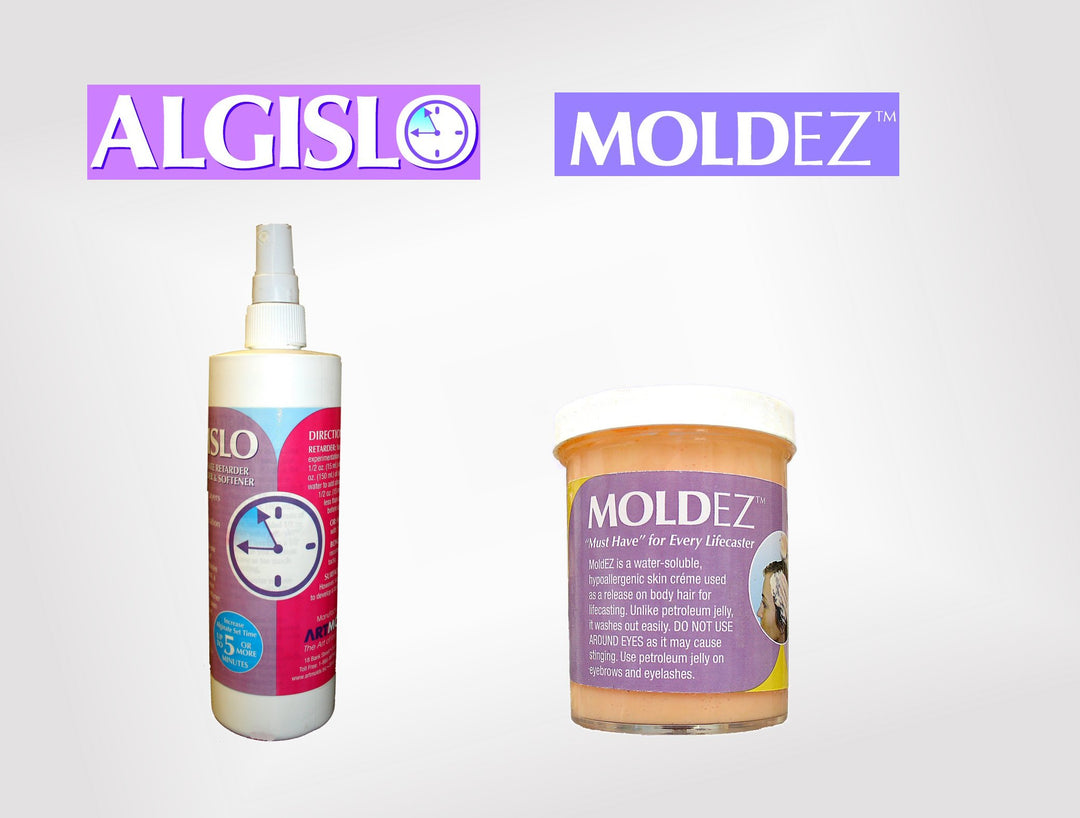Block Mold - Injection Type | Page 6 - ArtMolds

Figure 36
A plastic syringe draws up the KastEZ resin and it is injected into the center sprue hole.

Figure 37
As the casting material is forcibly injected, it begins to overflow some its sprue holes - that is what the mold maker is aiming for. This signifies that the mold has pushed out all of its air in these areas. The arrows point to where the casting material is beginning to exit the mold.

Figure 38
The mold maker goes around to the sprues that do not show any overflow and injects them with additional casting material. It is now easier to see the outflow of the excess casting material. The objective is to see the casting material flow from every sprue hole.

Figure 39
This image shows the mold maker filling the last sprue hole.

Figure 40
The mold is set aside undisturbed or 15-minute or so until the KastEZ resin cures. The he breaks and removes the ejecta from the sprue holes.

Figure 41
The mold is opened to reveal the finished thin-walled casting.

Figure 42
The casting is examined for flaws and then the flashing carefully is removed using an Exacto knife. The diaphragm thin windows are cut out using an Exacto knife to produce a perfect injection molded casting.
Finished and cleaned up car body injection mold casting






